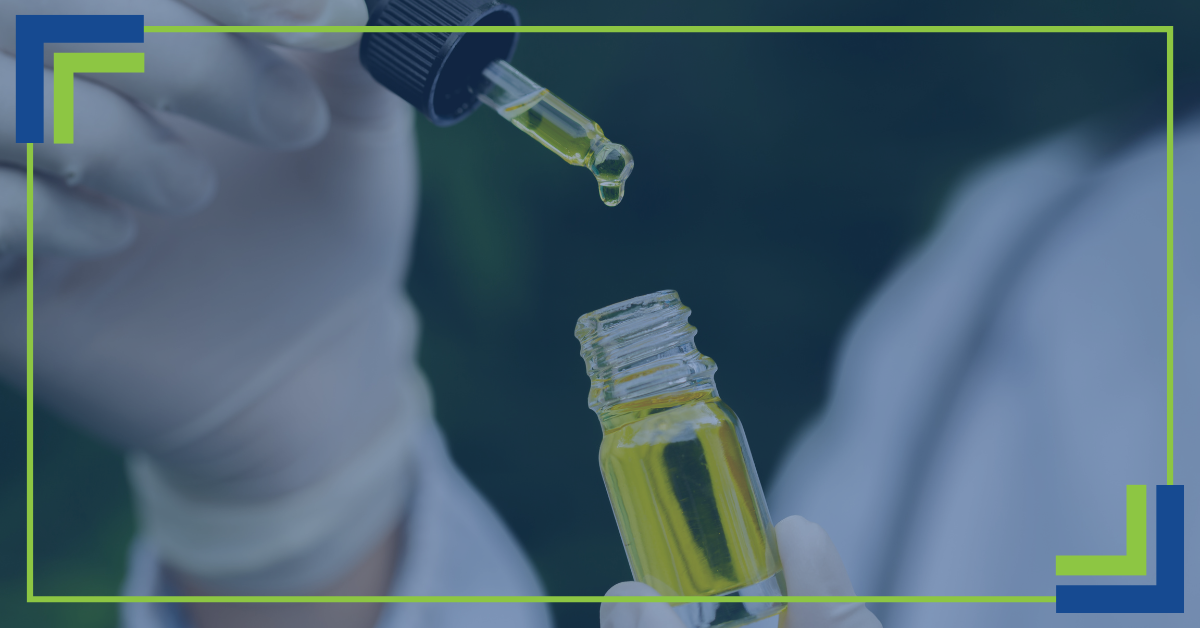
Over the course of the last few years, interest in the cannabis plant has significantly increased as society has become more aware of its potential therapeutic benefits. From pain relief to seizure management, this plant has shown considerable promise in various areas of healthcare.
Let’s take a look and explore its anatomy, diverse cannabinoids, therapeutic potential, safety considerations, ongoing research, and potential future developments.
What Is Cannabis?
To truly understand what cannabis is, we need to first look at the plant’s anatomy. It is comprised of different species, including cannabis sativa, cannabis indica, and hybrids.
The areas of greatest importance are the plant’s flowers and the leaves because this is
where the potent components live. These compounds known as “cannabinoids” cause the plant’s various effects.
Cannabinoids
These can be considered to be the lifeblood of marijuana. They’re the chemicals that engage with specific receptors located within the central nervous system. Tetrahydrocannabinol (THC) and cannabidiol (CBD) are the two cannabinoids that most people are familiar with.
THC causes psychoactive effects, while CBD is non-intoxicating and is typically associated with healing properties.
Therapeutic Benefits
Research suggests that cannabis may alleviate pain, reduce inflammation, relieve muscle spasticity, help control seizures that are typical with epilepsy, and even benefit individuals who are suffering from certain mental health conditions including social anxiety and sleep disorders. However, it should be noted that individual responses may vary, and the effectiveness of cannabis may differ from one person to another.
Safety and Side Effects
It’s vital to consume cannabis responsibly. Before using it, an individual needs to be aware of the potential side effects which can include:
- Short-term memory impairment
- Dry mouth
- Increased heart rate
- Potentially heightened anxiety in some people
Those who use cannabis heavily on a regular basis may eventually become dependent on it. Therefore, it’s crucial to use it cautiously and seek professional help if needed.
Research and Future Developments
Cannabis research is ongoing with studies and clinical trials examining its potential benefits and risks. As more countries and more states are reconsidering their cannabis policies, we may one day come to see the full integration of cannabis-based medicine into mainstream healthcare. The future holds exciting possibilities including more personalized treatment options and a deeper understanding of the ways in which cannabis can contribute to wellbeing.
The Intriguing Cannabis Plant
The cannabis plant, with its CBD and THC cannabinoids and potential therapeutic applications, is captivating researchers, healthcare professionals, and the general public alike. It would be helpful to consider this with both caution and curiosity. If you are interested in buying cannabis equipment, including testing equipment, BaneBio provides economical and effective supplies. Contact us today!



